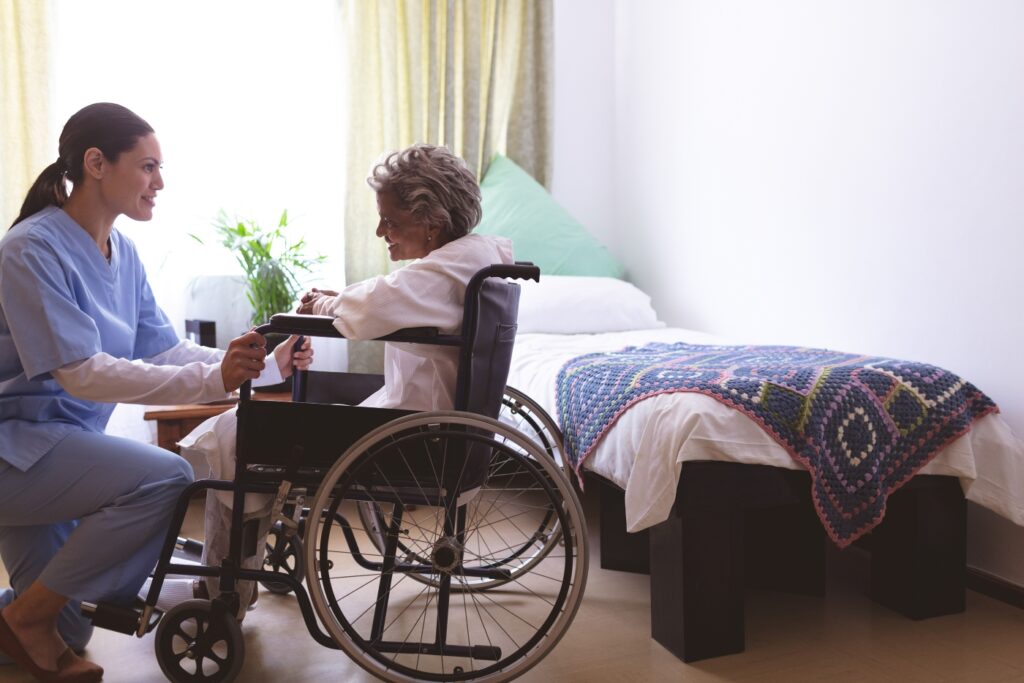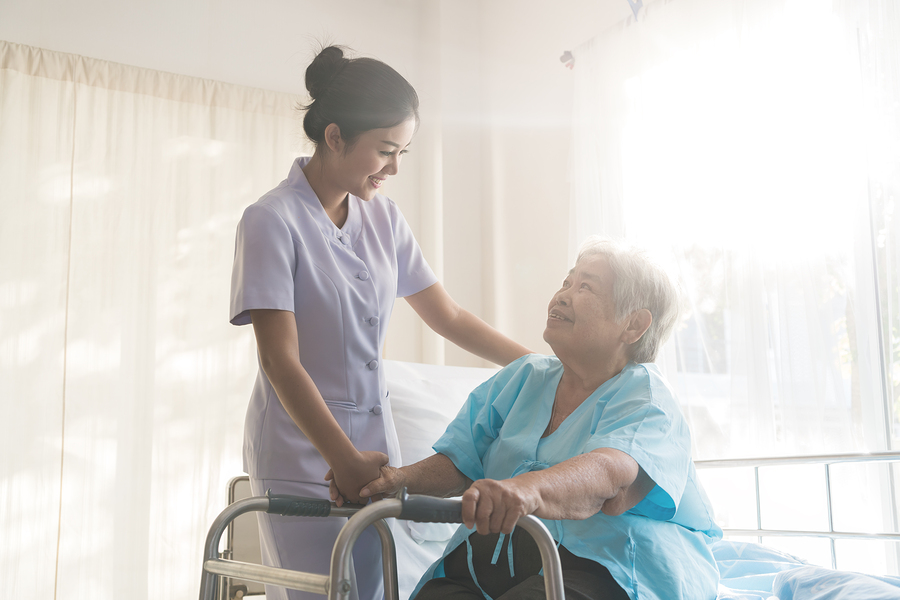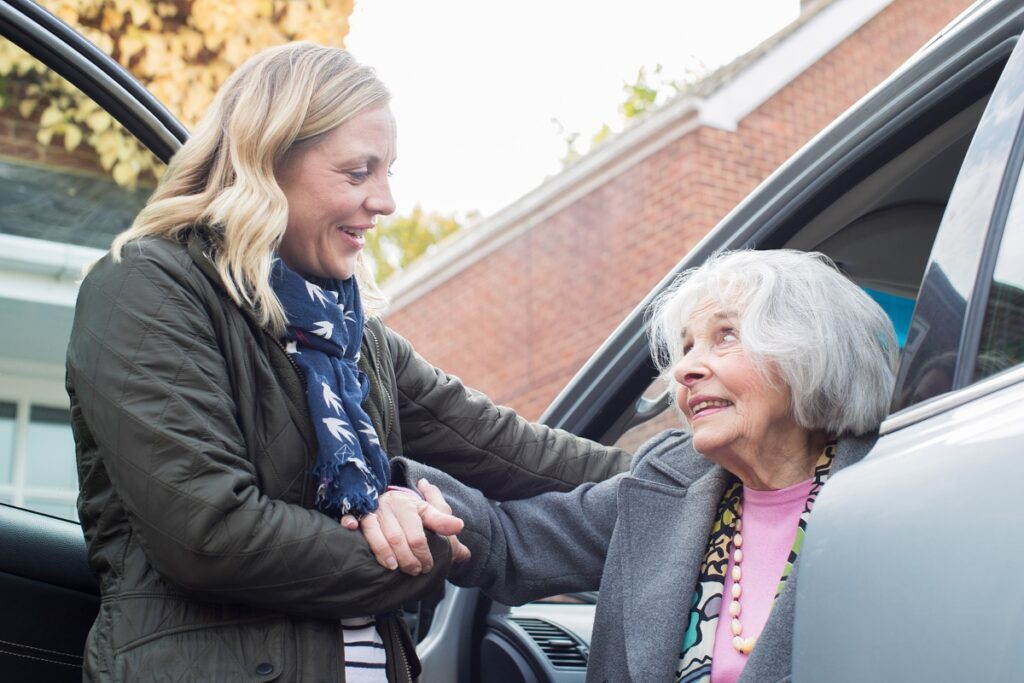Colder weather
Did you know that temperatures do not have to be below freezing for hypothermia to develop? In cold weather, millions of older people risk developing hypothermia. That means low body temperature. Normal body temperature needs to be about 98.6 degrees F. If cold causes it to drop below 95 degrees F, dangerous things start to happen. The heart begins to slow down; the body becomes weak; and the mind becomes confused.
One of the most dangerous things about hypothermia is that it causes the mind to become confused. When a person is confused it’s very hard to make good decisions. Confusion can keep a person from recognizing danger and seeking help. This is why many older adults die from hypothermia in their own homes.
Danger Signs If an older adult has any of these signs, suspect hypothermia:
- Confusion
- Difficulty in speaking
- Shivering
- Slow breathing
- Sleeping and hard to wake up
- Cold, stiff muscles
- Puffy face
- Stomach cold to touch
- Forgetfulness
- Trembling of one side of the body or in one arm or leg
Risks The following things can increase the risk of developing hypothermia:
- Living in a cold house
- Not dressing warmly enough
- Drinking alcoholic beverages
- Taking certain prescription drugs. Check with a doctor or pharmacist.
- Poor diet
- Stroke or diabetes
Prevention Stay warm. If temperatures are cool or cold, the best thing to do is to dress warmly.
- Wear layers of clothes. Loose clothes will trap more warm air around the body. Mittens are warmer than gloves.
- Keep clothes dray and change long underwear or socks if they become damp or wet.
- Wear a windproof outer layer when outdoors.
- Wool keeps a person warmer than cotton when damp or wet.
- Most synthetics are warmer than cotton when damp or wet.
- Down or quilted synthetic clothes also provide good protection form the cold.
- Good nutrition is especially important in winter. Food provides the fuel which the body needs to keep warm. Hot, nourishing meals and warm drinks add heat to the body.
If you are concerned about an older adult who may be living at high risk for severe cold, check in on them often. If you believe someone is not safe from cold conditions, contact your state or area agency on aging. They can direct you to services that are available in your community.
Ramona K. Hunt M.S. Director of Leadership and Development Touching Hearts, Inc.
The above information on danger signs, risks, and prevention was developed in conjunction with the Center for Environmental Physiology, 1511 K Street, NW, Suite 732, Washington DC 20005, and the American Gas Association.
You may also like:
5 Essential Benefits of Home Care for Seniors
Home Care in Parker CO: Home care supports safety, connection, and independence for seniors while offering dependable relief for families.
Understanding Alzheimer’s Disease: What It Means for Your Senior Loved One
Alzheimer's Care in Parker CO: In-home Alzheimer’s care brings stability, dignity, and support to seniors and families facing memory loss.
Creating Comfort and Security with 24-Hour Home Care
24-Hour Home Care in Monument CO: 24-hour home care helps seniors live safely and comfortably at home while giving families…
Sun Safety and Summer Balance: How Senior Home Care Protects Older Adults During UV Safety Month
Senior Home Care in Brighton CO: Senior home care helps older adults enjoy summer safely by reducing risks from heat…
Honoring the Longest Day: Thank You, Juniper Communities & Belleview Heights
We want to extend our deepest gratitude to Juniper Communities and Belleview Heights for hosting us at this year’s Longest…
Knowing When It’s Time: Helping Seniors Transition from Driving with Safe Transportation Services
Transportation Services in Brighton CO: Transportation services help seniors stay connected and safe when driving is no longer an option.
Memory, Dignity, and Compassion: The Role of Home Care During Alzheimer's Awareness Month
Alzheimer's Home Care in Cherry Creek CO: Alzheimer’s home care provides daily comfort, routine, and dignity in their own home.










